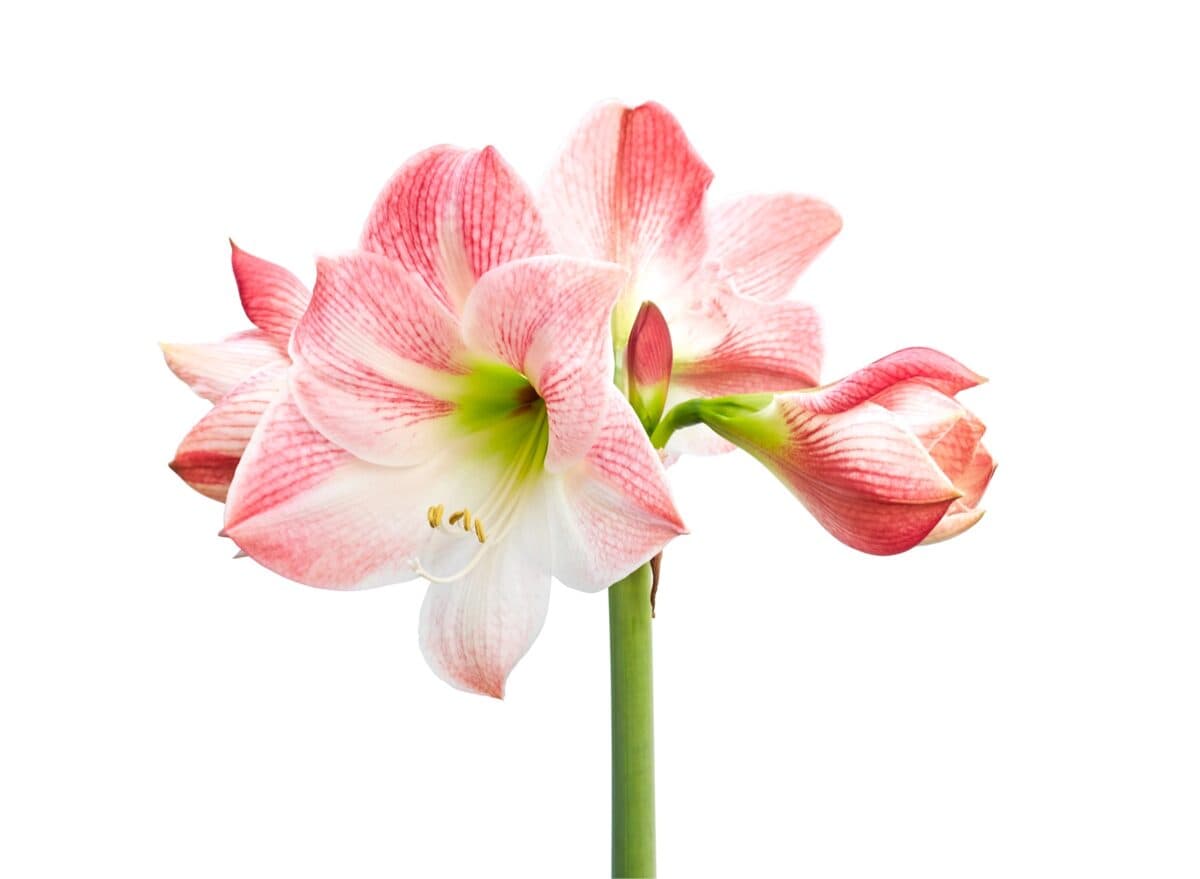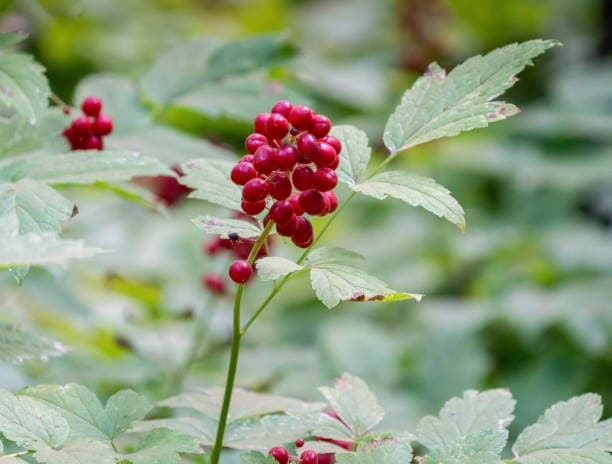Butterflies, bees, beetles, and wasps (many beneficial) all need to use our late summer and fall bloomers, where we get larger clusters of smaller flowers, primarily white and yellow (like coyote bush) to purple. This will be a year of late and extended blooms; while most wildflowers have gone into hiding by the end of September and early October, here are a few things to look out for as we head deeper into the fall season.
Divide Your Naked Ladies! (Amaryllis belladonna) Dig up the bulbs once all the stems have died back, replant, and spread them around in sunny areas to get a great show in a few years’ time. These late summer performers can take a bit to find their groove and really need their beauty rest. They tend not to bloom for a year or two after planting, so make sure you leave some undisturbed in order to enjoy the fragrant flowers next year!






